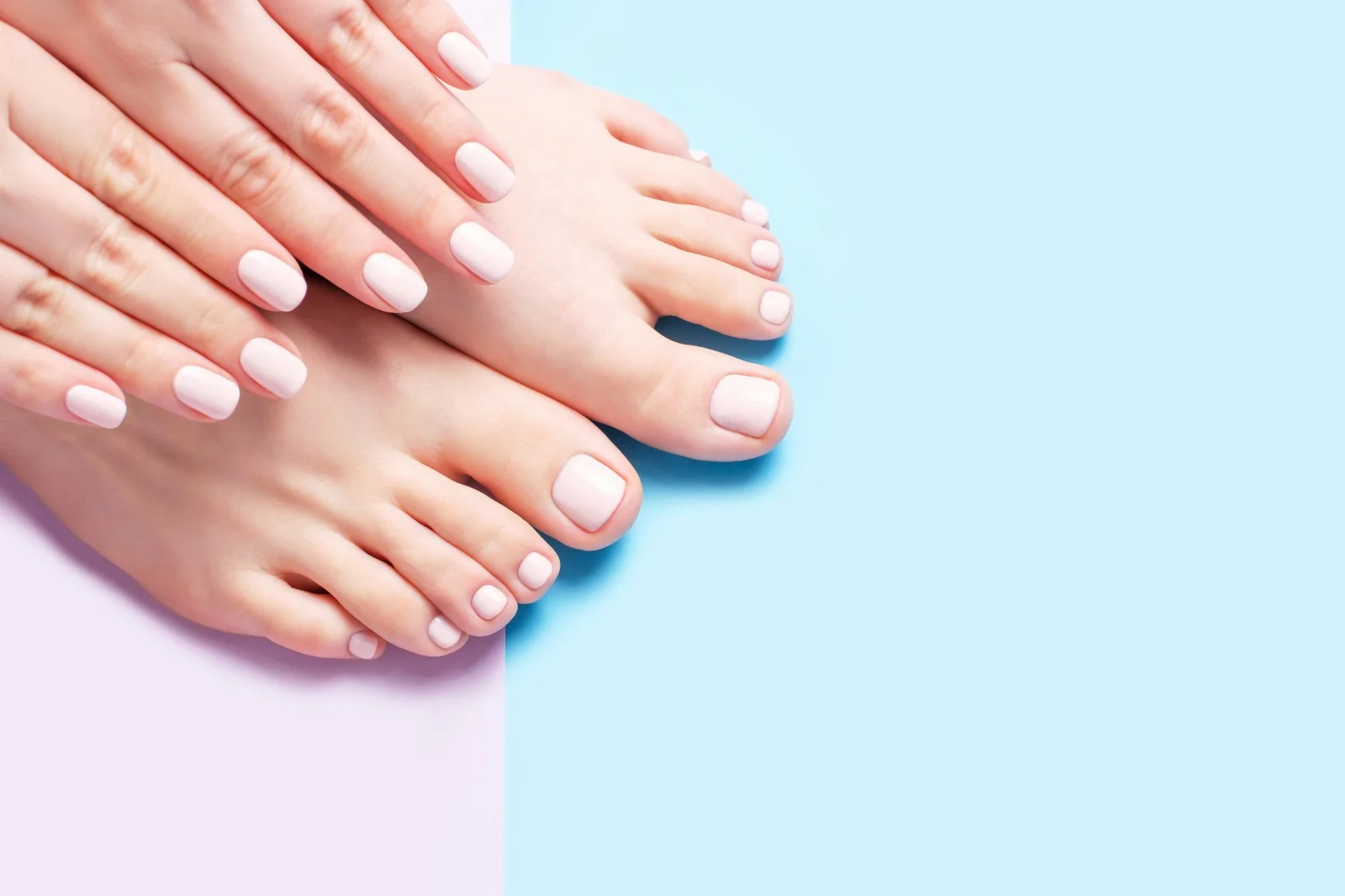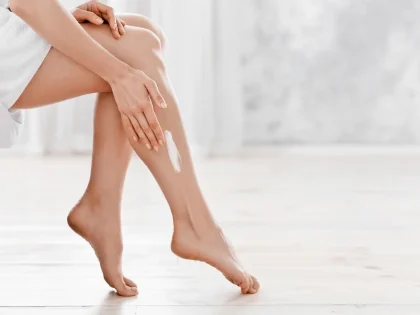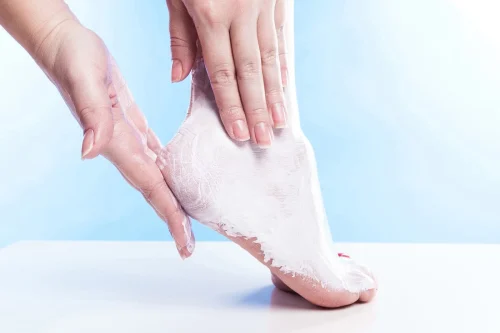Best Foot Whitening Creams: Top 10 Picks & Application Tips

Hyperpigmentation on the feet can arise from sun exposure callus buildup or reactions to topical products leading to dark patches that many find embarrassing and uncomfortable . To address uneven tone millions turn to specialized foot whitening creams designed to lighten discoloration and restore a more uniform appearance . These formulations typically combine exfoliating acids with melanin‑inhibiting agents to both remove pigmented cells and prevent new spots from forming .
Foot whitening creams often harness glycolic or lactic acid to slough off dead, pigmented skin cells while ingredients like alpha‑arbutin and kojic acid inhibit the tyrosinase enzyme responsible for melanin production . Many premium formulas also include antioxidants such as vitamin C or E to soothe and protect newly revealed skin enhancing both brightness and resilience .
This article covers all facets of foot whitening cream: over‑the‑counter versus medicated and DIY options , how to choose the right product for your skin type and budget, a step‑by‑step application regimen, our top 10 cream recommendations for 2025 and the key safety tips you need to avoid side effects.
- Causes & Concerns: Why feet develop dark spots and when to seek professional help.
- Mechanisms & Ingredients: How exfoliants (glycolic, lactic acids) and inhibitors (kojic acid, arbutin) work together.
- Cream Categories: OTC generics, medicated/permanent formulas, brand‑specific products, and DIY remedies.
- Selection Guide: Matching cream strength, activities and price to your skin type and local market.
- Application Protocol: Exfoliation, cleansing, proper cream massage, frequency, and maintenance.
- Top 10 Picks: Best‑rated foot whitening creams for 2025, from budget to premium.
- Safety & Side Effects: Common reactions, over‑bleaching risks, and when to consult a dermatologist.
- FAQs: Direct answers to the most searched questions about foot whitening creams.
How Foot Whitening Creams Work
Foot whitening creams lighten skin by either removing dead pigment‑rich cells or inhibiting melanin production. They often combine gentle exfoliants with active brightening agents for effective results. Understanding these mechanisms helps you pick a safe suitable product.
Foot hyperpigmentation and dark patches can undermine confidence and comfort. Many turn to foot whitening creams ranging from generic OTC lotions to medicated and homemade remedies to lighten and brighten.
This article explores how these creams work how to choose and apply them top product recommendations, safety considerations, and answers the most frequently asked questions online about foot whitening creams.
- Exfoliation: Glycolic acid and urea slough off dark, thickened skin cells
- Melanin inhibition: Kojic acid and arbutin reduce new pigment formation
- Moisturization: Shea butter or glycerin prevents dryness during treatment
- pH balance: Creams maintain skin pH to avoid irritation
- Antioxidants: Vitamin E soothes and protects treated skin
Summary: Creams work by exfoliating, inhibiting melanin, and nourishing skin for a brighter tone.
Types of Foot Whitening Creams
Foot whitening options range from simple OTC lotions to stronger medicated and “permanent” formulas, plus DIY recipes. Knowing each type ensures you match product strength to your skin’s needs.
Medicated options sometimes labeled “permanent” use stronger actives like hydroquinone but carry a higher risk of irritation if misused.
For those preferring natural remedies aloe vera or lemon‑based DIY creams can lighten very mild discoloration over time though they act more slowly than commercial products .
Understanding how these creams work what ingredients to look for and how to apply them safely is key to achieving brighter healthier feet. In this guide you’ll find everything from cream types to application tips, top product picks, and safety precautions.
- OTC generics: Widely available, mild lightening effect
- Medicated/permanent: Contains prescription‑grade actives; stronger results
- Brand‑specific: Aichun Beauty, Derma Shine, Dr Rashel, Saeed Ghani
- DIY/home remedies: Natural acids (lemon, yogurt), oils (coconut)
- Combination kits: Exfoliant + cream + maintenance lotion
Summary: From mild OTC to potent medicated and homemade, choose based on desired strength and safety.
Choosing the Right Cream for Your Feet
Selecting the ideal foot whitening cream depends on skin type, ingredient safety, budget, and location availability. Assess these factors to ensure efficacy without harm.
- Skin type: Dry, sensitive, or calloused feet need different formulations
- Key ingredients: Look for kojic acid, glycolic acid; avoid steroids
- Budget vs. quality: Higher price often means better actives and safety testing
- Local availability: Pakistan, India, Sri Lanka markets vary in brands and price
- Reviews & ratings: Verify on Amazon, Nykaa, local forums
Summary: Match cream strength and ingredients to your skin type, budget, and local availability for best results.
Step‑by‑Step Application Guide
Foot whitening creams deliver best results when the skin is properly prepped the product is applied correctly, and follow‑up care is observed. Begin with clean softened feet to ensure active ingredients penetrate deeply. Gentle exfoliation removes dead cells so brightening agents like kojic acid or arbutin can work effectively.
Massaging in circular motions boosts circulation and absorption while occlusive booties or socks help lock in moisture and actives. Finally rinsing or leaving the cream on overnight followed by regular moisturization and sun protection maintains your newly even tone.
- Cleanse thoroughly: Wash feet with a gentle, pH‑balanced cleanser to remove dirt and oils Derm Dude
- Soak in warm water: Soak for 5–10 minutes to soften rough skin and open pores
- Exfoliate gently: Use a glycolic acid or plant‑based scrub to slough off dead skin cells
- Pat dry: Gently towel‑dry to leave skin slightly damp, improving cream absorption
- Apply whitening cream: Dispense a pea‑sized amount and spread evenly over dark areas
- Massage in circles: Use light circular motions for 1–2 minutes to boost blood flow and absorption
- Seal with booties or socks: Wear occlusive covers for 30–60 minutes to deepen penetration
- Rinse or leave on overnight: Follow product instructions—some creams rinse off, others work best left on
- Moisturize & protect: Finish with a hydrating lotion and apply SPF if feet are exposed to sunlight.
Top 10 Foot Whitening Creams in 2025
You’ll also find concise answers to the most frequently asked questions online so you can proceed with confidence. By the end, you’ll know exactly which foot whitening strategy fits your needs and how to get the smooth even‑toned feet you’ve been looking for.
A curated list of the highest‑rated creams selected by safety efficacy ingredient profile and user reviews.
| Product | Key Actives | Price Range (USD) | User Rating | Notes |
| Aichun Beauty Foot Whitening Cream | Kojic acid, Arbutin | 5–8 | 4.2/5 | Budget‑friendly, gentle |
| Derma Shine Hand & Feet Whitening Cream | Glycolic acid, Vitamin E | 8–12 | 4.5/5 | Fast results, mild irritation |
| Dr Rashel Hand & Feet Whitening Cream | Alpha arbutin, Niacinamide | 7–10 | 4.4/5 | Good for sensitive skin |
| Saeed Ghani Foot & Hand Whitening Cream | Natural oils, Urea | 6–9 | 4.0/5 | Moisturizing formula |
| Nirvana Brightening Cream | Licorice extract, Vitamin C | 10–14 | 4.3/5 | Strong brightening |
| Eveline Foot Whitening Cream | Papaya enzyme, Shea butter | 6–9 | 4.1/5 | Exfoliating + hydrating combo |
| Charisma Hand & Feet Whitening Cream | Mandelic acid, Glycerin | 9–12 | 4.2/5 | Low irritation, steady results |
| Homemade DIY Kit (lemon + yogurt) | Citric acid, Lactic acid | 2–4 | 3.8/5 | Natural, low cost |
| Clobevate Cream (medicated) | Clobetasol propionate | 5–7 | 4.0/5 | Prescription‑strength |
| Zayan Hand & Foot Whitening Cream | Arbutin, Collagen | 8–11 | 4.1/5 | Anti‑aging benefits |
Summary: These top 10 creams span budget to premium, OTC to medicated, ensuring options for every need.
Side Effects & Precautions
Foot whitening creams can be effective but misuse or overuse may lead to unwanted reactions. Always follow instructions, do a patch test and monitor your skin’s response.
- Irritation & Redness: Exfoliating acids (glycolic, lactic) and bleaching agents can cause stinging or redness, especially on sensitive skin.
- Dryness & Peeling: Strong actives may over‑strip natural oils, leading to flaking or tightness.
- Allergic Reactions: Fragrances, preservatives, or botanical extracts can trigger itching, hives, or swelling.
- Uneven Lightening: Over‑application can create patchy or blotchy areas if not spread evenly.
- Skin Thinning: Prolonged use of potent medicated creams (especially those with steroids or hydroquinone) can thin the skin, making it fragile.
- Increased Sun Sensitivity: Ingredients like alpha hydroxy acids raise UV sensitivity—always apply SPF to exposed feet.
Precautions: Patch‑test new creams on the inner wrist. Limit use to recommended frequency. Avoid concurrent use of multiple exfoliating or bleaching products. Discontinue and consult a dermatologist if severe irritation or allergic reaction occurs.
FAQs
Which cream is best for dark feet due to cream reaction?
Dermatologist‑recommended medicated creams with arbutin or niacinamide are ideal .
Does vitamin E and coconut oil help brighten feet?
They provide antioxidant protection and moisturization but work slowly .
How long until I see results?
Typically 4–6 weeks of consistent use .
Are homemade remedies effective?
Natural acids can lighten mildly, but results vary and are slower .
Is permanent whitening safe?
“Permanent” claims often use stronger actives—use under guidance to avoid damage .
Conclusion
Foot whitening creams offer a spectrum of solutions from gentle OTC lotions to potent medicated and DIY recipes. By understanding ingredients matching to your skin type following proper application steps, and monitoring for side effects you can achieve brighter more even‑toned feet safely. Select from our top 10 list based on your needs, and always prioritize skin health.







